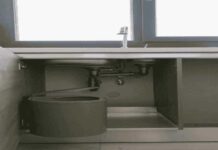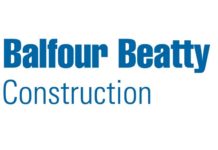Irish Cranes installs four Raimondi flat-tops for Walls Construction on major seafront development in Dublin.
One of Ireland’s largest construction companies, Walls Construction, is using four Raimondi 12 tonne capacity MRT234 flat-top tower cranes on a mixed-use seafront development, called Claremont, in Dublin, Ireland. Once complete the development will comprise more than 500 residential units, indoor and outdoor amenities, plus over 2,600 sq. m. of retail and commercial space.
The cranes were supplied by Raimondi’s Irish agent, Irish Cranes & Lifting.
Installed between March and April 2023, the MRT234s are onsite with jib lengths ranging between 44m and 60m, and heights ranging from a minimum of 37.5m to a maximum of 52.8m. All of the cranes, erected at a final configuration, are equipped with a hoist gear of 55kW, and are able to lift at a maximum speed of 120 m/min.
Before installation, due to their location next to a section of the Irish Rail network, a detailed study of the positioning and operational procedures of each machine was required. As per Irish Rail requirements, prior to installation, each crane had to be fully insured, obtain specific permits, as well as a license agreement. In addition, once erected, each machine underwent a third-party independent inspection.
“From an operational perspective, during the installation procedures we had a series of guidelines to observe, including the supporting mobile crane allowed to slew only by 180 degrees,” elaborates Robert Coffey, director general, Irish Cranes. “We had to install the cranes in parallel to the train tracks to avoid any component, including the counter ballast, oversailing the railway line. Worth noting is that a zoning of three metres away from the critical infrastructure has been permanently set for the entire site.
“In terms of technical challenges, to align with the existing regulations, all machines have been derated to 75% of their maximum lifting capacity, and one of the jibs has been shortened to avoid interference with a communications mast on the rail line.”
The four flat-tops will remain onsite until the project is completed.




























